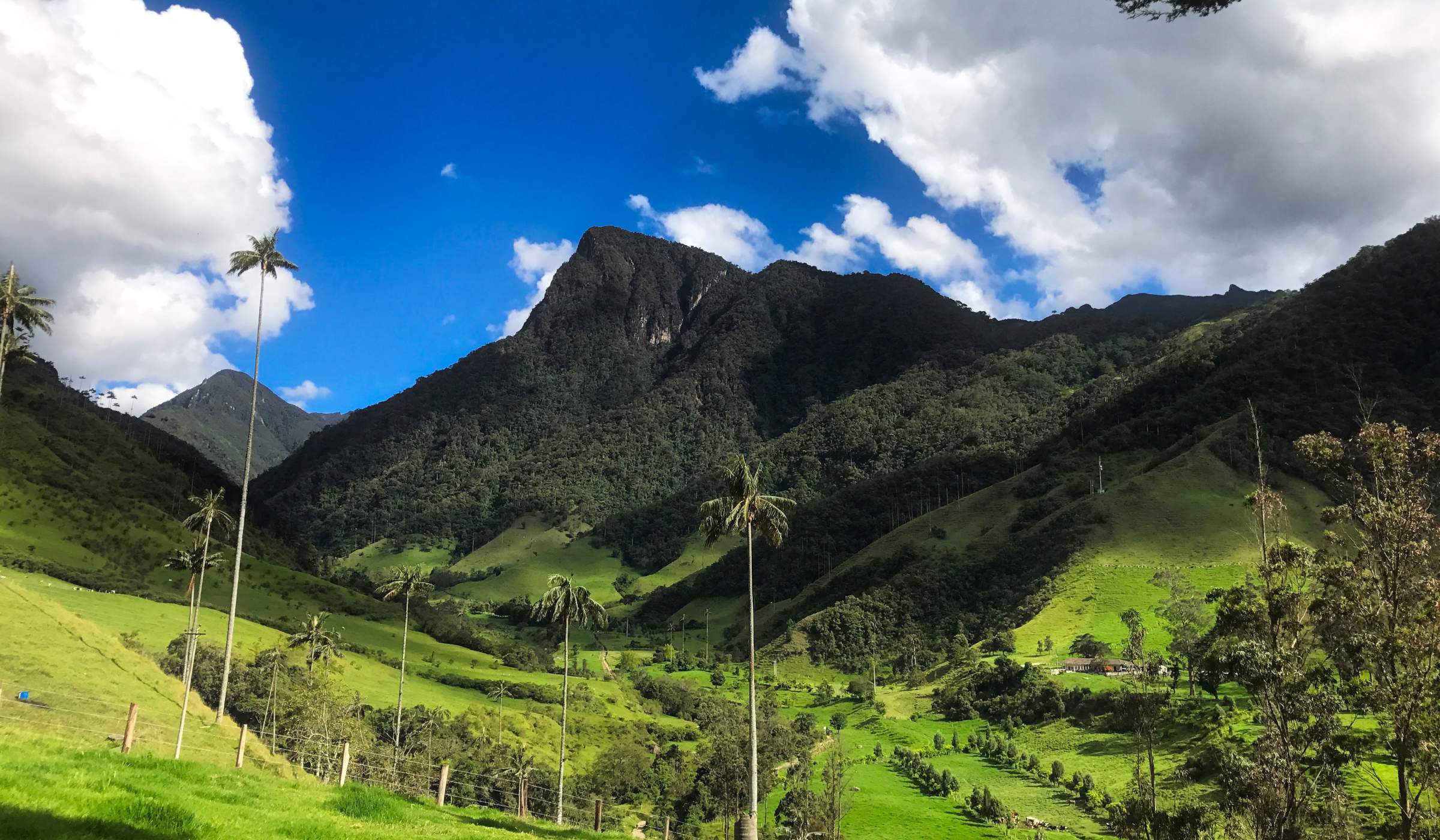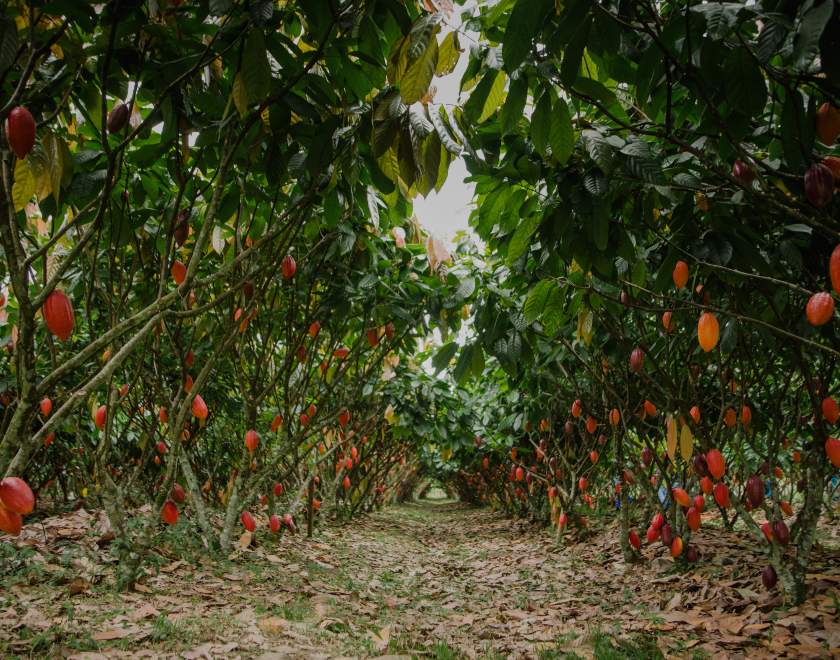
Heated debate continues across the private sector and within scientific organizations about what should count when it comes to measuring greenhouse gas (GHG) reductions.
In recent months, the Science Based Targets Initiative (SBTi) has been embroiled in this discussion, and at the start of July, more than 80 climate-focused groups weighed in as well.
It’s clear that an agreed-upon set of standards and best practices would be beneficial to the cocoa sector as individual companies seek to report on their emissions reductions in consistent and credible ways.
That’s why World Cocoa Foundation (WCF) is developing a comprehensive Greenhouse Gas (GHG) accounting methodology for the cocoa sector that will allow for accurate benchmarking, enable members with best practices for measurement, and inform on the types of climate interventions that should be the focus and where.
Recently, WCF enlisted leading sustainability consultancy Quantis to help define this accounting methodology. Together, WCF and Quantis will examine methodologies that individual members and the sector in general are currently using and build upon these to arrive at one standard so we can deliver the most effective overall approach. The standard will cover topics like land use change, land management, carbon removals and rebaselining.
The release of the new accounting methodology is expected in early 2025, so watch for more updates in the months ahead.
In the meantime, we spoke with Quantis Sustainability Expert Thierry Hohmann about the value this methodology will bring.

Why is a standard method of GHG accounting across the cocoa sector so important?
Harmonizing GHG accounting across sectors is a cornerstone for companies in their sustainability journeys. Within the cocoa sector specifically, GHG accounting is increasingly leveraged to ensure uniformity, enhance trust and credibility, comply with current regulations and prepare for future ones, and help companies meet their climate targets.
While the primary role of GHG accounting is to detect hotspots and measure progress, it also serves as a distinguishing factor within highly competitive markets. Many companies use the outcomes of GHG accounting to showcase their carbon impacts to investors and customers, thereby gaining a competitive advantage.
Has Quantis done this for other sectors?
Yes. Two GHG accounting initiatives come to mind: the International Dairy Federation has recommendations specifically for dairy; and the PEFCR is used for a broader set of commodities. Quantis has played a role in developing both. We will leverage what we’ve learned to create a guideline in unprecedented detail in terms of data and methodology to align the cocoa industry in your GHG accounting practices.
Can you help us understand the degree of variance among the GHG accounting methodologies currently being used in the cocoa sector? What are the fundamentals where we need to align?
Today, there is still a large degree of variation in the way cocoa and chocolate companies account for their carbon emissions. These methodological choices can have a significant impact in the outcome of a company’s GHG accounting calculation. We observed this in the context of a project conducted in collaboration with WCF last year, where Quantis surveyed 12 WCF member companies.
The cocoa sector should strive to find industry-wide methodological alignment on key accounting elements such as: quality and granularity of data (especially satellite data); how emissions are allocated to cocoa; scope and boundaries for GHG emissions; emissions factors used in the absence of primary data; and reporting frequency and updates.
It seems likely that GHG emissions will be subject to increasing regulations in the near future. How will this methodology help WCF members prepare for that?
WCF members that are further along in their sustainability journey, specifically on cocoa GHG accounting, will find some of their methodological choices reflected in the new WCF guidelines. Meanwhile, those members just getting started will benefit from a specific cocoa GHG accounting guidance that is aligned with global standards. And they will be able to decide on a data provider with confidence.
Consistency and credibility are key for reporting and for meeting both guideline requirements and government regulations. This includes using harmonized, transparent, accurate and science-based data and methodology. Building those muscles now will benefit everyone in the cocoa sector.



